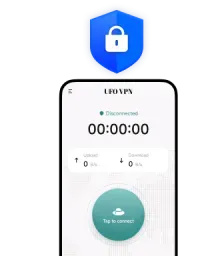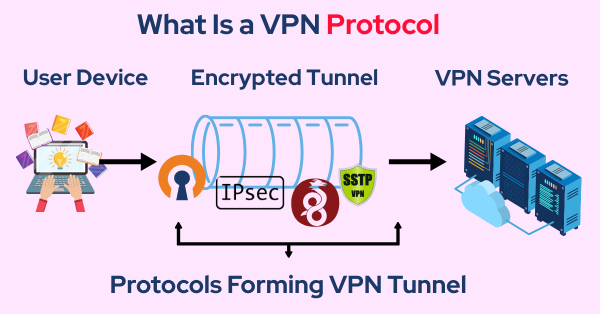How Do Scammers Get Your Phone Number?
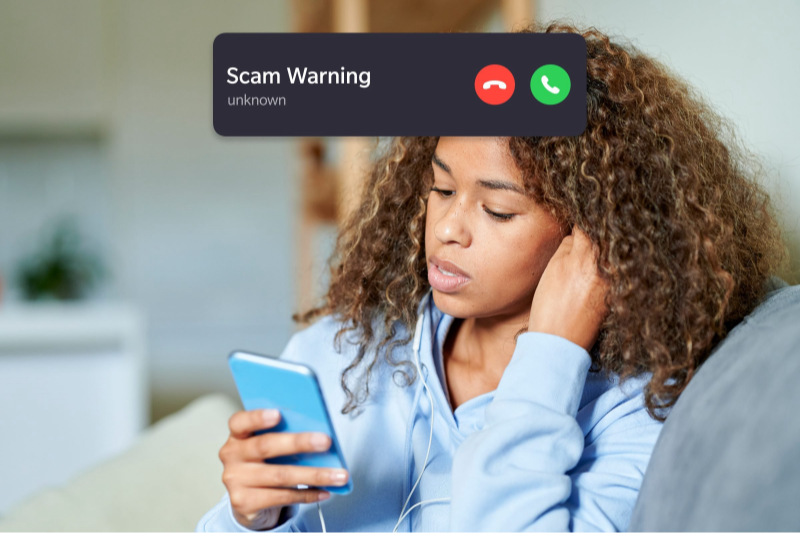
Fraudsters employ a mix of high‑tech and low‑tech methods to harvest valid phone numbers. Understanding these tactics helps you plug the leaks before it’s too late.
1. Data Breaches
Whenever a company’s database is compromised, your phone number can leak alongside emails, passwords, and other personal details. Major retail, healthcare, and financial breaches often expose millions of records at once.
2. Social Engineering
Scammers impersonate trusted entities—banks, government agencies, or even friends—to trick you into sharing your phone number. Phishing texts (“smishing”) and voice‑phishing (“vishing”) calls are prime examples.
3. Public Directories & Social Media
Publishing your number on public forums, classifieds, or social media profiles makes it trivially easy for bots and human harvesters to collect it en masse.
4. Stolen Mail
Physical mail theft remains surprisingly effective. Dumpster‑diving attackers sift through discarded utility bills or bank statements to find your contact details.
What Can Scammers Do with Your Phone Number?
Once in hand, your phone number becomes a versatile weapon. Here’s how attackers exploit it:
Identity Theft
By calling your bank or service providers and posing as you—authenticated by your phone number—scammers can hijack accounts, reset passwords, and siphon funds.
Telephone Scams & Smishing
Scammers initiate fraudulent calls or texts asking you to “verify” personal details, click malicious links, or send money via payment apps.
SIM Swapping
A SIM swap attack convinces your carrier to port your number to a new SIM owned by the scammer. With SMS‑based 2FA codes redirected, they bypass your account protections.
Port‑Out Scams
Similar to SIM swapping, port‑out scams transfer your number to another carrier, cutting off your service and giving scammers full control of your incoming calls and texts.
What to Do If Scammers Get Your Phone Number
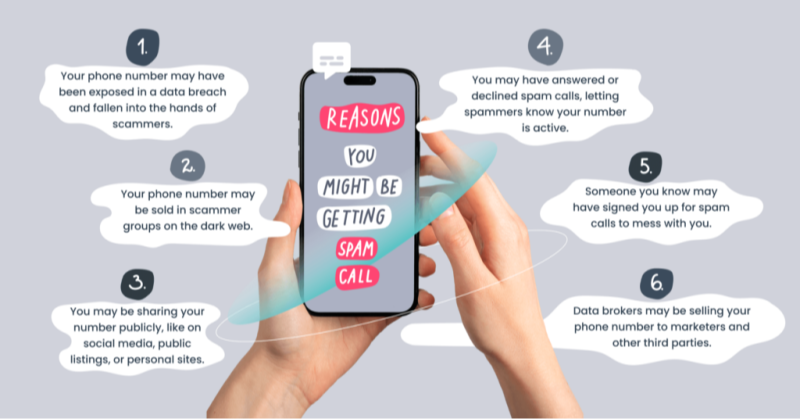
If you suspect your number has fallen into the wrong hands, act quickly. Follow these ten steps to regain control and minimize damage:
-
Contact Your Mobile Carrier Immediately
Request a fraud alert and SIM lock. Ask if they can issue a new number or block suspicious port‑out requests. -
Inform Your Contacts
Let friends, family, and coworkers know they may receive scam calls or messages from your number. This prevents collateral victims. -
Lock or Replace Your SIM Card
Secure your SIM with a PIN or obtain a fresh SIM from your carrier to thwart unauthorized SIM swaps. -
Don’t Answer or Return Unknown Calls
Avoid one‑ring scams or unwarranted callbacks. If in doubt, let voicemail screen unknown numbers. -
Never Click Links from Suspicious Senders
Even if a text appears to come from a known contact, confirm authenticity via another channel before tapping any links. -
Block Scam Numbers
Use built‑in call‑blocking features or third‑party apps to filter known scammer numbers automatically. -
Check Your Financial Statements
Review bank and credit card activity for unauthorized charges. Report and dispute any suspicious transactions immediately. -
Change Your Passwords
Reset passwords—especially for email, banking, and social media accounts—and enable two‑factor authentication with an app or hardware token. -
Monitor Your Credit Report
Obtain your free annual credit reports (e.g., via AnnualCreditReport.com in the U.S.) and flag any unfamiliar accounts or inquiries. -
File a Police Report if Necessary
If you’ve suffered financial loss or identity theft, file an official report. This documentation aids in disputes with banks or credit bureaus.
How to Check a Phone Number for Scam
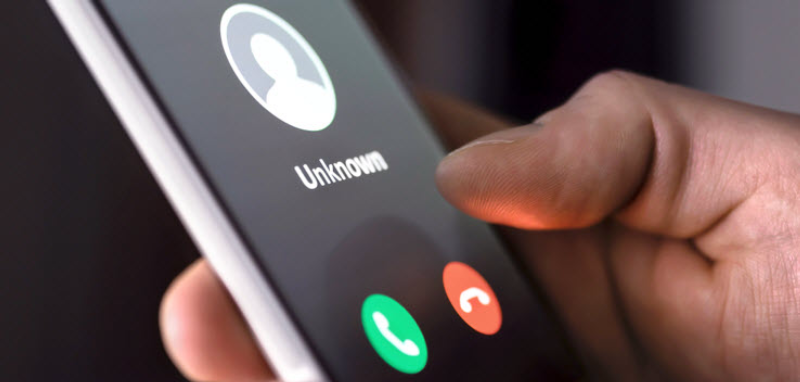
Before engaging with any unknown number, perform these quick checks:
-
Use Reverse‑Lookup Services: Websites like Truecaller, BeenVerified, or Hiya aggregate user reports and flag known spam numbers.
-
Search Online Reviews: Plug the number into Google or specialized forums (e.g., WhoScamming.com) to see if others have reported scam activity.
-
Inspect Caller ID Details: Look for inconsistencies such as local area codes mismatched with the supposed caller’s identity.
-
Leverage Your VPN for Safety: When you click any suspicious link, ensure you’re behind a secure tunnel—UFO VPN’s AES‑256 encryption prevents malicious actors on public Wi‑Fi from intercepting your traffic.
Preventative Measures: Keep Scammers at Bay
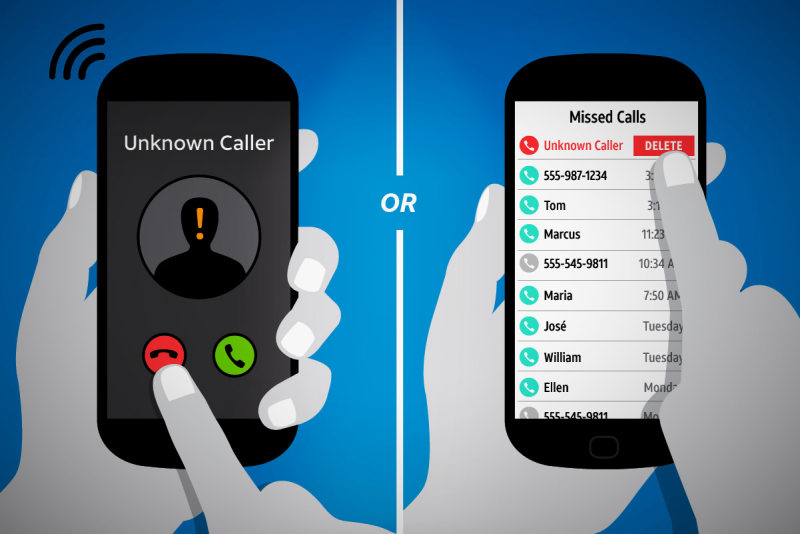
Beyond reactive steps, adopt these proactive habits:
-
Publish a Secondary Number: Use virtual numbers for online forms and services. UFO VPN’s Alternative Number feature lets you create disposable lines, keeping your primary number private.
-
Enable Robust Account Security: Rotate passwords quarterly and prefer authenticator‑app 2FA over SMS‑based codes, which scammers can intercept.
-
Opt‑Out of Data Broker Lists: Services like Incogni (included in select Best free VPN plans) automate removal requests, reducing your exposure on marketing and data‑broker platforms.
-
Shred Physical Documents: Destroy any paper containing your number to deny dumpster‑divers easy access.
Conclusion
Having your phone number compromised can feel invasive, but swift action and informed habits will restore and fortify your security. By following the ten emergency steps, routinely check a phone number for scam, and pairing physical vigilance with UFO VPN’s digital shield, you create a layered defense against identity thieves and scammers alike. Stay proactive—your peace of mind depends on it.


